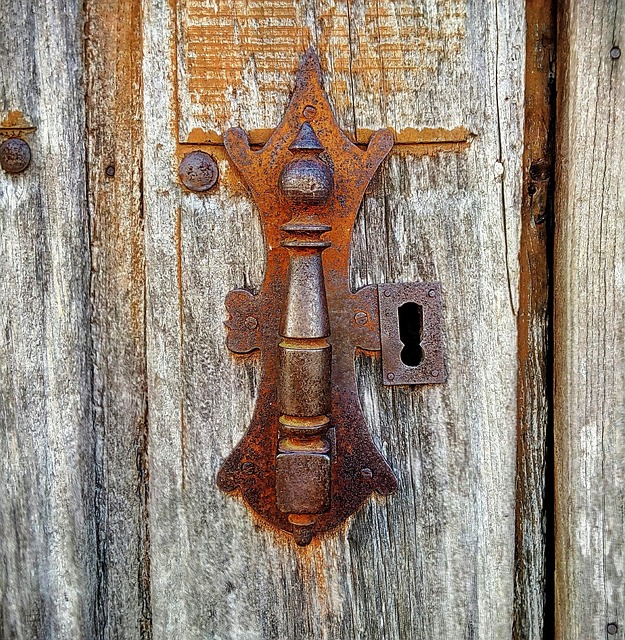Smart home electronic locks are revolutionizing security with multi-layered authentication, combining biometric data, tokens, and PIN codes for enhanced protection. PIN codes offer tailored access control, convenience, and peace of mind, allowing homeowners to program unique codes for family and guests while maintaining robust security through best practices like complex code requirements, time limits, and biometric authentication.
“In the realm of modern smart homes, multi-layered authentication is transforming how we secure our spaces. This article explores the critical role of PIN codes in enhancing security while ensuring accessibility within these advanced systems. We delve into the integration of PIN access with smart home electronic locks, offering insights on best practices for implementation.
Understand the significance of multi-layered authentication and discover why PIN codes are a game-changer in securing your digital residence.”
Understanding Multi-Layered Authentication in Smart Homes
In today’s digital era, smart homes are becoming increasingly popular, equipped with advanced security systems such as smart home electronic locks. These locks offer multi-layered authentication, adding an extra layer of protection beyond traditional keys or passwords. This enhanced security mechanism is known as multi-layered authentication, which combines multiple verification factors to ensure only authorized access.
By implementing multi-layered authentication, smart home electronic locks can verify a user’s identity through various means like biometric data (e.g., fingerprints or facial recognition), security tokens, or even specific PIN codes. This multi-faceted approach significantly reduces the risk of unauthorized entry, making smart homes safer and more secure for their occupants.
The Role of PIN Codes: Security and Accessibility
PIN codes play a pivotal role in multi-layered authentication systems, enhancing both security and accessibility for smart home electronic locks. These short, unique combinations offer a robust layer of protection by ensuring that only authorized users can gain entry. Each digit in a PIN code serves as a key to unlocking a specific level of access, making it highly customizable for various user needs.
Moreover, PIN codes provide convenience while maintaining security. Unlike biometric authentication methods that might raise privacy concerns, PINs allow individuals to access their smart locks swiftly and privately. This accessibility is particularly beneficial in fast-paced environments where quick entry is essential, ensuring users can move seamlessly between spaces without sacrificing security.
Integrating PIN Access with Electronic Locks
In today’s digital era, smart home electronic locks are becoming increasingly popular for enhanced security. Integrating PIN code access with these locks offers a multi-layered authentication system that provides both convenience and peace of mind. By combining traditional physical security with modern digital technology, users can enjoy the flexibility of unlocking their doors using secure PIN codes instead of keys or remotes.
This integration allows homeowners to program unique PINs for different family members or guests, ensuring tailored access control. Moreover, smart locks equipped with PIN code functionality often include features like remote monitoring and temporary access privileges, enabling users to grant entry to service providers or visitors without compromising overall security.
Best Practices for Implementing PIN Code Systems
Implementing a PIN code system for multi-layered authentication in smart home electronic locks requires careful consideration and adherence to best practices. Firstly, ensure PIN codes are unique and complex, combining numbers with special characters to prevent brute-force attacks. Regularly updating these codes and enforcing time limits on attempts can significantly enhance security.
Additionally, enabling multiple failed attempt alerts and integrating biometric authentication as a secondary layer adds robust protection. Users should also be encouraged to create memorable yet secure PINs through hints or visual cues, avoiding easily guessable sequences. Proper user education and clear guidelines for code management are vital to maintaining the integrity of your smart home security system.
PIN codes offer a robust and accessible layer to multi-layered authentication in smart homes, enhancing security while ensuring convenient access. By integrating PIN access with smart home electronic locks, homeowners can enjoy the peace of mind that comes with advanced security measures without compromising usability. When implementing PIN code systems, it’s crucial to follow best practices, such as using unique and complex codes, enabling two-factor authentication where possible, regularly updating access credentials, and educating residents on secure practices. These steps ensure a strong security foundation for modern smart home environments.
